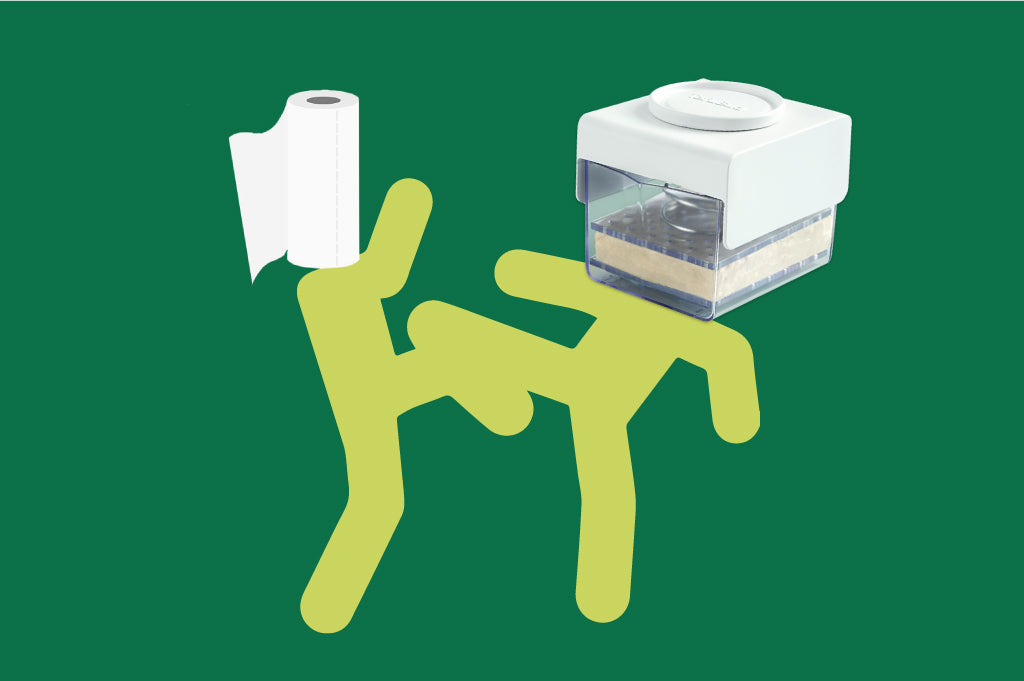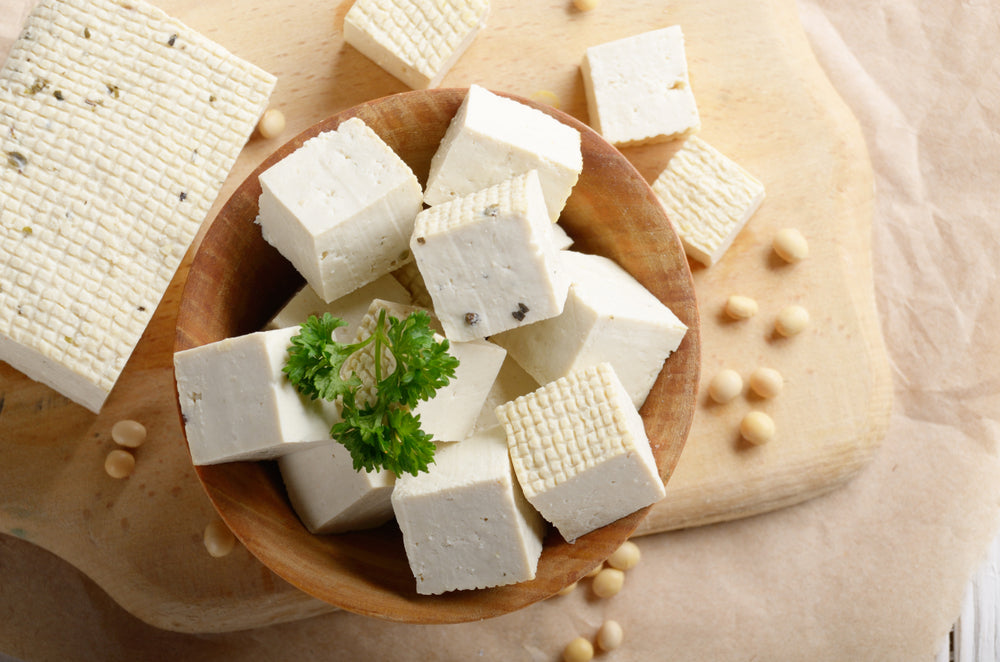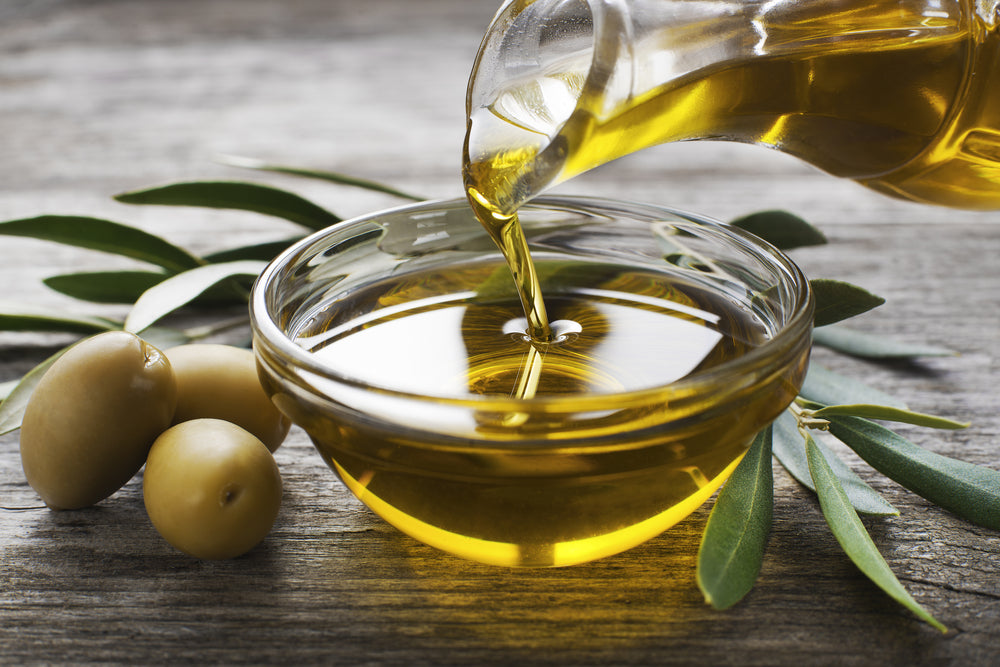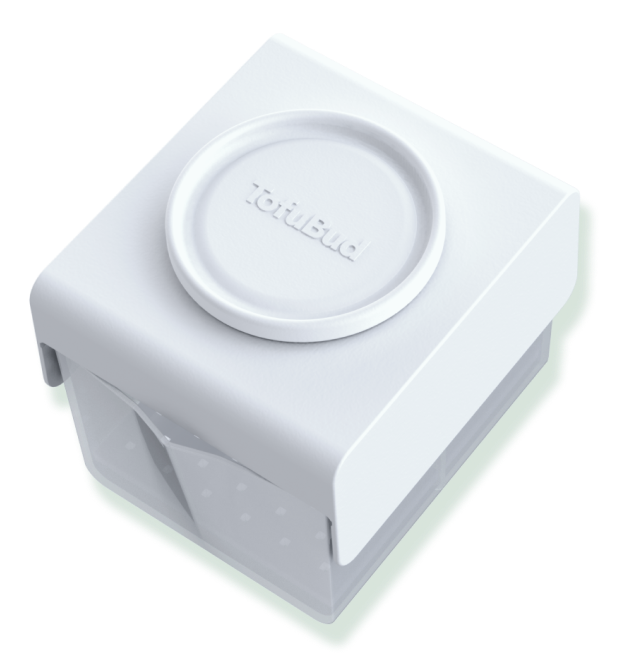This Middle-Eastern flatbread certainly tastes good wrapping up crispy balls of falafel or garlicky chicken and fresh veggies, but how healthy is pita bread? We're breaking down a pita's nutrition to determine if it's a better low-calorie bread than a traditional American loaf.
Should leavened pita bread be left behind in the pursuit of healthier eating?
Pitas, or pittas, are the most popular type of bread served in Greek and Middle-Eastern countries like Lebanon and Syria. It's dense, chewy, and has a handy pocket to store some extra fillings.
Whether you're dipping whole-wheat pita into freshly-smashed chickpea hummus, frying some pita triangles to make chips, wrapping up your favorite souvlaki, or enjoying one of the countless other pita bread uses, one thing is for sure - these flatbreads are deliciously satisfying.
But is pita bread good for you?
Bread, including wraps, have a bad (w)rap in some diet circles that target high-carb foods as the enemy of weight loss and health.
While we don't think you should remove any food group from your diet altogether, some pita bread is healthier than others - the nutrition all depends on the quality of the whole-grain pita bread ingredients.
Learn more about pita bread nutrition facts, whole-wheat pita bread benefits, and which options to choose to ensure you're eating the healthiest bread.
TofuBud Tips. Subscribe to our updates on Messenger and get our 20 Delicious Tofu Recipes e-book to get inspiration!
Get notified about our products with special prices (giveaways as well).😉👍
What's Pita Bread?
Pita is a type of flatbread baked with wheat flour in the Mediterranean and Middle-East, though it's now widespread globally.
Their shape and texture vary by region, with the Middle-Eastern types containing a pocket, and the denser and thicker Mediterranean styles not. It has a mild, lightly sweet taste, similar to other wheat-based bread.
While a pita might look unleavened, it always contains yeast. Pita dough is proofed for only 15 minutes, resulting in its mostly flat shape.
Pita Bread Nutritional Facts: Common Ingredients
To determine if we're eating healthy pita bread, we need to closely examine the ingredients.
What is pita bread made out of?
While pita bread recipes vary from kitchen to kitchen, they always start with four base ingredients:
- Flour: Typically, bakers use all-purpose or whole-wheat flour to base their whole-wheat pita bread recipes.
- Water: Simple filtered water builds the mixture into a wet dough, which steams the ingredients as it bakes.
- Baker's Yeast: Though it's not left to proof for long, yeast helps puff up the pita bread and keeps it dense yet soft and fluffy.
- Salt: Salt enhances the bread's flavor and tightens gluten strands, making the structure more solid.
Pita recipes very commonly contain a few other ingredients for flavor and texture:
- Olive Oil: Olive oil adds a rich texture and creates a smoother pita. It's hardly a Mediterranean food without a little EVOO!
- Sugar or Honey: These will make the bread taste a little sweeter, which some people prefer.
Health Benefits of Pita Bread
There are plenty of reasons to chow down on a round of whole-grain pita. Here are the most significant benefits of eating this delicious, filling flatbread.
High Protein & Fiber
Though considered a carb-dominant food, pita bread contains 5.5g of protein in a serving, much higher than other grain and cereal products.
It also boasts a whopping 6g of fiber, which helps promote fullness and aid your digestion.
Vitamins and Minerals
One whole-wheat pita contains 10% of your recommended daily intake for many B vitamins and a load of other essential minerals, like selenium, magnesium, and iron.
Pita Bread Carbohydrates
Is pita bread low in carbs?
The carbs in pita bread are relatively high, as any wheat-based product will be, but this isn't necessarily a problem.
Low-carb diets aside, the USDA recommends 5-8 servings of grains each day, and depending on the size of a pita, it would be 1-2 servings.
Even if you decide to cut down on carbs, you can enjoy one whole-wheat pita each day and be well under the recommended servings.
Better yet is to choose high-quality carbs that are less processed and retain more of their natural fiber, which offsets the potential blood sugar spikes that come with digesting simple carbs.
Choose a whole-grain or whole-wheat pita over one made with white or all-purpose flour for the best nutritional benefits.
Pita Bread Calories
Is pita bread high in calories?
The calories in one large round of whole-wheat pita bread tend to sit at around 170 kcal, making it a reasonably low-calorie grain.
Based on the average 2000 calorie/day diet, pita bread will barely make a dent.
While whole wheat options tend to be a little higher in calories, they're also higher in fiber, taking longer for your stomach to digest and keeping you full for longer. Fiber is an easy way to cut down your calorie intake naturally.
Is pita bread fattening?
The "fattening" debate is always a bit loaded, and the question is a little short-sighted. In terms of the macronutrient fat content, pitas contain a measly 1.2g - a whole-wheat pita is far more carb- and protein-heavy.
Eating a pita won't make anyone gain weight, just like other foods won't, as long you're keeping overall calories in mind.
Besides health conditions that may contribute, the only thing that matters is a simple math equation: making sure that the calories you eat are less than the calories your body burns each day will lead to weight loss.
Since the calories contained in pita flatbread are relatively low, you'd need to eat many pitas or a lot of other food each day to have them contribute to weight gain.
Pita Vs. Bread: Is Pita Bread Healthier Than Bread?
Pita bread and traditional bread loaves contain almost identical ingredients and are therefore very comparable in nutrition.
- Two slices of whole-wheat bread contain 120 kcal, 250 mg sodium, and 4g of dietary fiber.
- One medium whole-wheat pita contains 140 kcal, 130 mg sodium, and 3g of fiber.
Side-by-side, bread contains a little more fiber and slightly fewer carbs than a pita, making it a somewhat more nutritious option. Pitas are lower in sodium than bread, so that it may be the best option for those eating a low-salt diet.
The main difference you'll see between the two types of bread lies in the quality of the ingredients - a slice of white Wonder bread isn't going to contain the same nutrition or fiber as a whole-wheat pita.
No matter which type of wheat bread you choose, go for the best quality and read your labels.
TofuBud Tips. Subscribe to our updates on Messenger and get our 20 Delicious Tofu Recipes e-book to get inspiration!
Get notified about our products with special prices (giveaways as well).😉👍
Other Flatbread Options
If you're looking for another flatbread option to the pita, consider a wheat tortilla or its gluten-free cousin, the corn tortilla.
Are tortillas vegan? Learn more about this tasty, gluten-free flatbread that makes the best softshell for a taco or burrito.
We love a good flatbread, and while pitas reign supreme in Greek and Middle-Eastern culture, almost every culture has its version of this tasty option - try some naan, focaccia, matzah, or roti.









Leave a comment (all fields required)